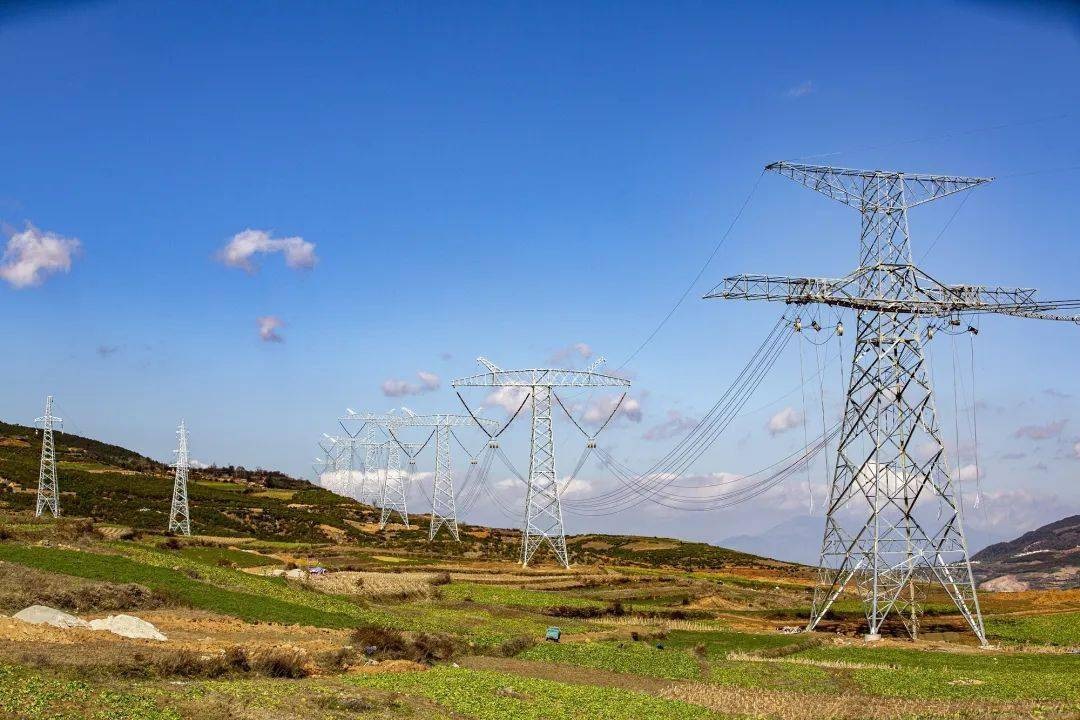
Recently, according to the dwassetmgmt media report, the Organization for Economic Cooperation and Development (OECD) released the latest Economic Outlook report, predicting that the global GDP growth rate will drop from 3.3% in 2024 to 2.9% in 2025. This trend reveals the continuous weakening of the momentum of global economic growth, reflecting the combined impact of various structural and cyclical problems in the international economic environment.
Globally, the uncertainty of trade policies remains a key obstacle restricting economic activities. Countries are increasingly inclined to adopt protectionist measures and trade barriers, leading to a decline in supply chain efficiency and disruptions in international trade. As a result, enterprises face greater difficulties in terms of production capacity and resource allocation. Frequent policy changes have increased the instability of the market, reduced the efficiency of capital allocation and weakened investment confidence.
Meanwhile, the tightening of the financial environment poses a significant constraint on the global economy. Central banks of many countries have continuously raised interest rates to deal with inflation, pushing up borrowing costs and weakening the willingness of consumers and enterprises to invest. High interest rates have compressed the financing space for small and medium-sized enterprises, put pressure on the real estate market, reduced residents' credit and declined their consumption capacity. In emerging markets, the high interest rate policy further induces capital outflows and the depreciation of local currencies, weakening the growth foundation.
The general slump in the confidence of enterprises and consumers has also exacerbated the contraction in demand. Global geopolitical tensions, fluctuations in energy prices and continuous disruptions in supply chains have made economic entities more cautious. Enterprises have scaled back their expansion plans and postponed capital expenditures, while consumers tend to save and cut discretionary spending. Weak aggregate demand generates negative feedback, exacerbating the economic slowdown.
From a regional performance perspective, the economic growth forecast for the United States in 2025 has been significantly revised down from 2.8% in 2024 to 1.6%. Although it still has certain resilience, inflationary pressure, a tight labor market and the continuous rise in debt burden have all suppressed its growth. Although the tightening policy of the Federal Reserve has curbed inflation, it has had a negative impact on investment and consumption.
The growth forecast for the eurozone rose slightly to 1.0%, but it remains weak overall. Unstable energy supply, fiscal constraints and an aging population are long-term drag factors. The uncertainty of energy prices has hit manufacturing and household spending, and the limited space for fiscal policy has also restricted the expansion of public investment.
Growth in Latin America and some developing economies is stable, but the foundation is weak. Fluctuations in commodity prices affect exports, changes in monetary policy bring uncertainties, and social and political situations also influence the inflow of foreign capital. Although some countries have embarked on structural reforms, the macro environment still faces challenges.
The current global economic slowdown has also exposed the weakness of the multilateral cooperation mechanism. The multilateral trading system has been hindered and international policy coordination has lagged behind, making it difficult to form an effective response mechanism for global risks. The increasing obstacles in the flow of policies, capital and technology among countries have restricted the coordinated development of the global economy.
It is worth noting that the growth model of developed countries, which has long relied on consumption-driven and financial leverage, is gradually showing its unsustainability. The debt burden is intensifying and the growth momentum is weakening. The reliance of emerging markets on resource exports and external demands also faces an urgent need for structural adjustment. The global economy lacks new growth engines and effective reform measures, resulting in limited long-term growth potential.
Overall, the continuous downward revision of global economic growth expectations stems from the superimposition of structural contradictions and cyclical pressures. In response to the current situation, all countries should enhance the coordination of financial and fiscal policies to control inflation while maintaining growth. Promote the stability of trade policies and the reconstruction of global supply chains; Meanwhile, the international cooperation mechanism should be repaired and the global policy synergy enhanced to stabilize economic expectations and support long-term development.

报告显示,中国电力投资加速增长,预计2024年电网基建投资将超过5300亿元。
近日,市场迎来了一则引人注目的消息:工业巨头3M公司(MMM.N)在本周五公布了其季度业绩报告,随后股价飙升至近两年来的
最近,外媒给OpenAI算了笔账,今年可能要血亏50亿美元。
近日,巴黎奥运会和世界铁人三项协会联合发布了一项重大决定,宣布因塞纳河水质污染问题,原定于近期进行的奥运会铁人三项首次下
当地时间7月18日,法国巴黎发生了一起令人震惊的持刀袭警事件。
近期,一则重大消息在国际舞台上引起轩然大波,马来西亚宣布加入金砖国家。
调查发现,互联网和智能手机的使用干扰了韩国近五分之一学生的生活。